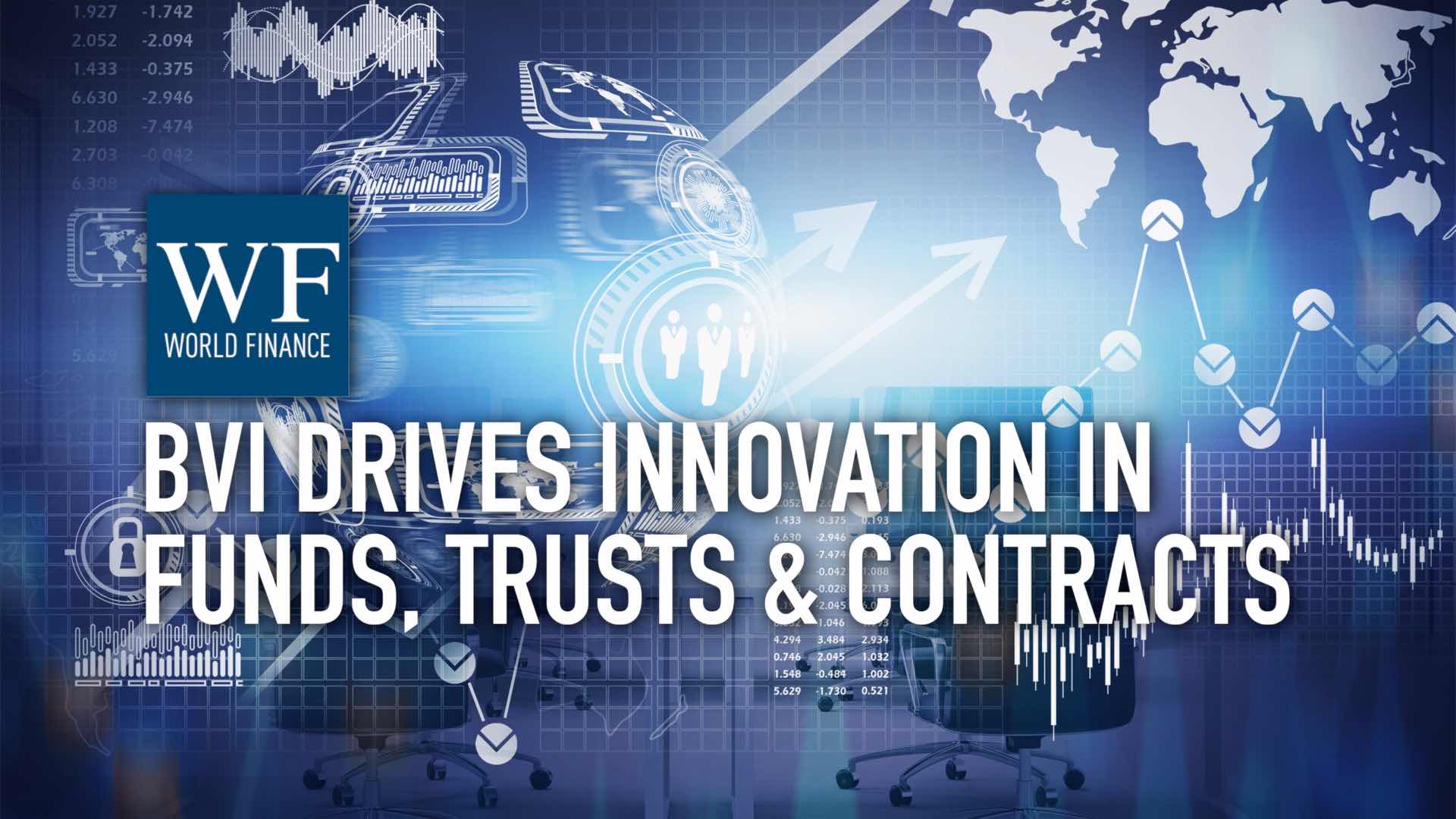Blockchain: Complex challenges on the path to fintech transformation
EY's Paul Stratford and Sarah Clarricoats on the advantages and challenges of blockchain in asset wealth management
Related:
Transcript
Blockchain is the innovation at the centre of the bitcoin phenomenon – a technology that can foster trust between completely anonymous transactors. Paul Stratford and Sarah Clarricoats from EY discuss how blockchain could be used in wealth management, its potential to change the industry, and the three challenges that need to be overcome for blockchain to really go mainstream.
World Finance: Sarah. Blockchain of course most famous because of bitcoin, but aside from that, what other uses for it are there?
Sarah Clarricoats: So what Blockchain does is, it says: this is the single source of the truth across the market. So, anywhere where you need to share data between multiple parties in a trusted way could be a good use case.
So, if you think about it being used for securities issuance and to record trades, it means that everybody is looking at the same version of that security data, or that trade data. So, it’s cutting out any existing processes to check back that data, or reconcile that data. And that’s how the cost efficiencies come out: because you don’t need that duplication of effort, with everyone checking back to the data.
For wealth and asset management we’ve seen interest in sharing KYC data, or in fund transfer agency. And anywhere that the use of a blockchain could cut out data confirmations or reconciliations could have a good cost efficiency for asset wealth managers.
Paul Stratford: It’s probably worth recognising that there’s something like over £1bn that’s been invested in blockchain technologies, so the financial services industry is definitely taking this seriously.
World Finance: So what does that mean for operating models for asset wealth managers?
Sarah Clarricoats: So if blockchain starts to be used in capital markets in any meaningful way, asset wealth managers will want to participate. Post-trade confirmation and settlement processes are likely to be very different on a blockchain. So actually what we’ll see in the short-term is more exception and manual processes.
In a utopian view, where all portfolio assets are recorded on a blockchain, we could see significant cost efficiencies.
Paul Stratford: Yeah – I think we feel the transformational nature of blockchain is such that not all the use cases have come to the surface yet. And so it may be a number of years before the real killer application that affects asset managers gets developed.
World Finance: What is the timeframe then: when are we actually going to see these innovations come to market; what might be the next evolution?
Sarah Clarricoats: Yeah, so… blockchain is the most talked-about topic in technology at the moment. But in reality, the challenges that need to be overcome are very complex. And it’s difficult to predict where and how it will land.
Firstly the technology: when will it really be ready for financial services. Secondly the regulation: will blockchain solutions fit into the construct and the language of the existing law? And commercial: is the market really incentivised to implement and embed blockchain into the existing market infrastructure? None of these challenges are small.
Even if you look at the regulatory challenges, there’s so many different levels to that. So if you look at EMIR, for example: things like timely confirmations and daily reconciliations; they’re very prescriptive, the language of the law. Which might not actually fit into blockchain solutions.
You’ve got legal questions around, is a contractor still on the blockchain? Can I hold that up in court? Or even, is the data that I store on a blockchain: how does that fit into data protection regulation? Can I delete data from a blockchain?
Paul Stratford: I was going to say, another practical example. One of the early identified use cases was sharing of Know Your Customer information. And on paper, it looks like a great idea. In practice there are rules around data in different jurisdictions, and they actually conflict with the use case in terms of privacy laws and what can get stored, and whether it can be removed or not. And then you go into a bit of a legal minefield.
Sarah Clarricoats: And actually I think what you’ll see in the next three to five years is, you will see blockchain applications in real life use. But they’ll be much smaller: like remittances or trade finance. I think those solutions are very close to being live. But that whole-scale change of cap-markets: replacing market infrastructure with blockchain might never happen. Or it could happen, but it could be very slow.

 How BVI fosters entrepreneurship with its fintech regulatory sandbox
How BVI fosters entrepreneurship with its fintech regulatory sandbox BVI Finance: ‘A suite of services for the entire corporate and blood family’
BVI Finance: ‘A suite of services for the entire corporate and blood family’
